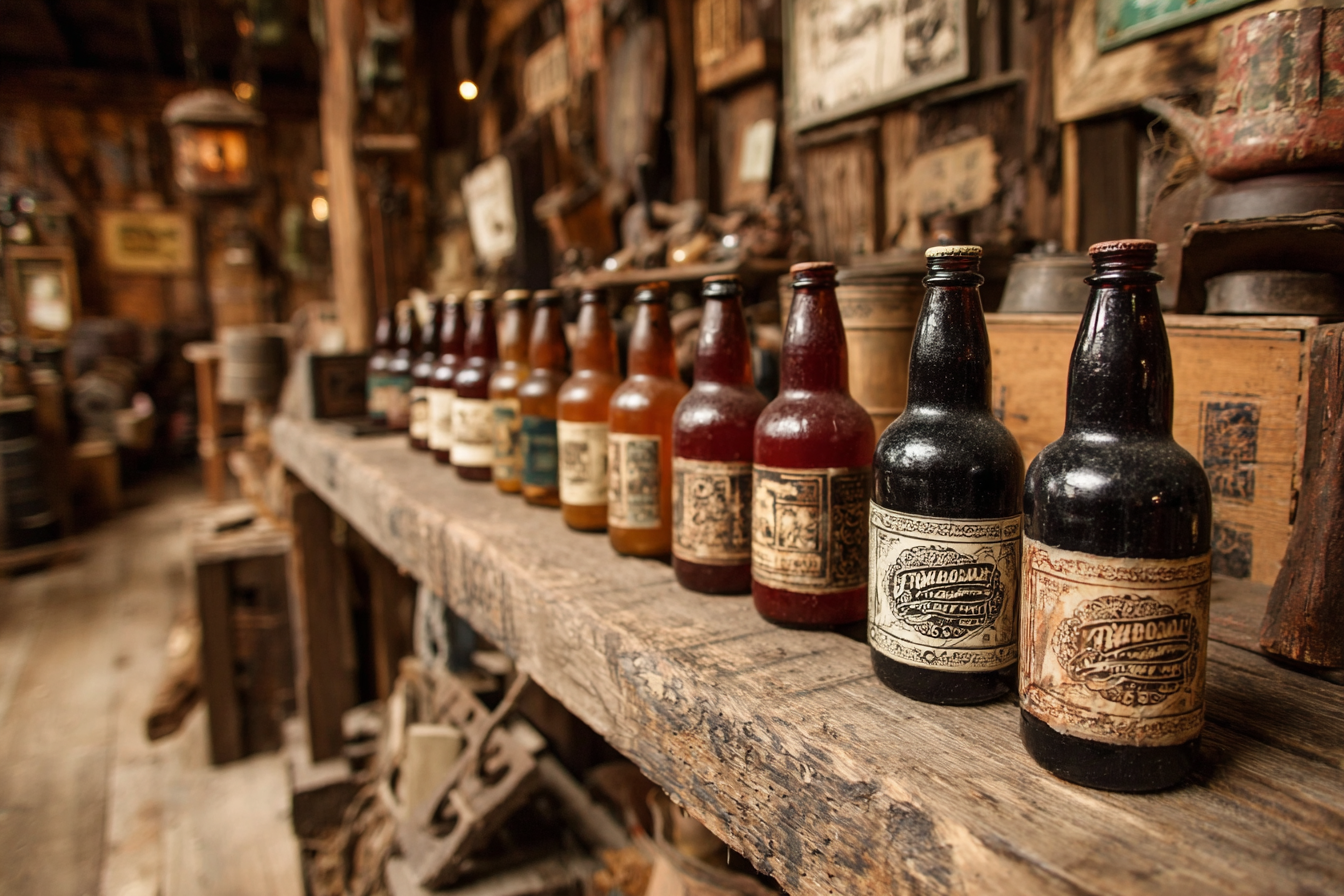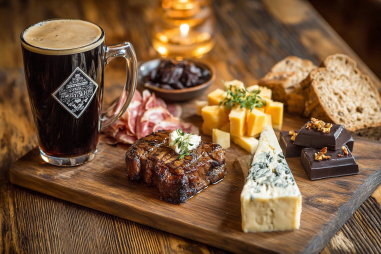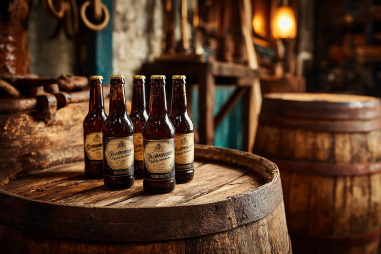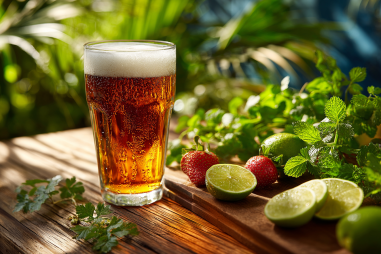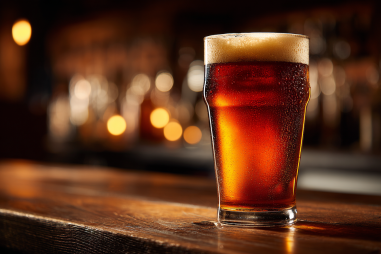India Pale Ales, commonly known as IPAs, have long been a beloved style within the craft beer community, celebrated for their diverse hop profiles and varying degrees of bitterness. Before the distinct West Coast IPA style emerged, traditional IPAs varied widely but often emphasized malt balance alongside hop character. These earlier versions of IPA laid the groundwork for what would eventually become a bold, hop-forward explosion of flavor originating from the West Coast of the United States.
Early Innovations on the West Coast
The origins of the West Coast IPA can be traced back to the late 1970s and early 1980s on the West Coast, especially in California. During this era, pioneering brewers began experimenting with hops in ways that were quite revolutionary for American brewing. The West Coast’s abundant hop-growing regions and access to fresh, aromatic hops fueled this transformation. Brewers started pushing the boundaries by ramping up hop additions to create beers with bright, piney, resinous, and citrus-forward hop flavors, setting these IPAs apart from more malt-forward English and East Coast versions.
This experimentation was not just about intensity but also about clarity and balance, resulting in beers that were crisp, dry, and aggressively hopped without becoming overly sweet or heavy. As a result, the West Coast IPA quickly stood out for its distinctively bright bitterness and clean malt backbone.
Influential Breweries and Brewers
Several key breweries and brewers were instrumental in establishing and popularizing the West Coast IPA style. One of the most notable was the pioneering Triple Rock Brewing Company in Berkeley, California, which helped introduce the style’s characteristics early on. However, it was the work of breweries like Stone Brewing Co., Sierra Nevada, and Bear Republic that brought the West Coast IPA to a wider audience in the 1990s and early 2000s.
Legendary brewers such as Ken Grossman of Sierra Nevada and Greg Koch of Stone Brewing championed hop-forward beers that highlighted the vibrant qualities of West Coast-grown hops. Their skillful blending of intense hop aroma and bitterness with a balanced malt profile set a new standard for American IPAs and inspired countless other brewers.
Evolution of Hop Usage and Brewing Techniques
Hop usage has been central to the identity of West Coast IPA, and over the years, brewing techniques have evolved alongside the style. Early West Coast IPAs primarily employed traditional hopping methods, but as the craft beer scene grew, brewers began innovating with dry hopping, late hopping, and hop bursting to intensify aroma and flavor without increasing bitterness dramatically.
Techniques such as:
- Dry hopping during fermentation to maximize aroma
- Using single-hop or limited-hop recipes to showcase specific hop varieties
- Employing new hop cultivars bred specifically for high alpha acids and unique flavor compounds
have all contributed to the evolution of West Coast IPA’s signature profile. The style often features hops like Cascade, Centennial, Simcoe, and Citra, known for their piney, citrusy, and floral characteristics.
Impact on Craft Beer Culture
The rise of the West Coast IPA has had a profound impact on craft beer culture both in the United States and globally. It helped redefine American craft beer as a hop-centric movement, encouraging brewers around the country and beyond to experiment with bold flavors and new brewing methods. The West Coast IPA became synonymous with innovation, pushing the limits of hop bitterness and aroma, and helped elevate American beer styles to international prominence.
This influence extended into beer competitions, festivals, and the everyday drinking habits of beer enthusiasts, fostering a hop revolution that persists today. Craft beer drinkers eagerly seek out West Coast IPAs for their intense flavor and refreshing qualities, and many new breweries have adopted the style as a flagship offering.
Comparison to Other IPA Styles
To truly appreciate the West Coast IPA, it’s helpful to compare it to other popular IPA styles:
- East Coast IPA: Typically maltier and sweeter with a less aggressive bitterness. East Coast IPAs often emphasize fruity esters and caramel malt backbone, creating a softer hop presence.
- New England IPA (NEIPA): A hazy, juicy style that focuses on intense tropical and citrus hop aromas with very low perceived bitterness. NEIPAs usually have a softer, creamier mouthfeel and less emphasis on hop bitterness compared to West Coast IPAs.
- English IPA: The precursor to American styles, these tend to be malt-forward with moderate hop bitterness and earthy, herbal hop notes, much more restrained than their American counterparts.
The West Coast IPA distinguishes itself by its clear appearance, dry finish, and bold, assertive hop bitterness balanced by a modest malt profile, creating a sharp, refreshing drink that appeals to hop enthusiasts.
The West Coast IPA’s Place in Modern Craft Beer
Today, the West Coast IPA remains one of the most popular and influential beer styles in the craft beer world. While newer styles like New England IPA have surged in popularity, the West Coast IPA continues to hold a special place for those who appreciate a clean, crisp, highly hopped beer. Breweries continue to innovate with modern hop varieties and brewing techniques while honoring the style’s classic roots.
Moreover, the West Coast IPA has influenced a new generation of brewers worldwide, inspiring variations and adaptations that blend local hop varieties with the style’s defining characteristics. Its global appeal and enduring popularity underscore the style’s importance as a cornerstone of the contemporary craft beer landscape.
Enduring Legacy and Influence
The West Coast IPA’s history is a testament to innovation, passion, and the pursuit of bold flavors. This beer style helped redefine what an IPA could be, pushing American craft brewing to new heights and inspiring countless brewers and beer lovers along the way. Its legacy lives on not just in the breweries that continue to produce classic West Coast IPAs, but also in the hop-forward trends and brewing experimentation that shape the future of craft beer.
From its humble beginnings to its global standing today, the West Coast IPA exemplifies how regional brewing innovation can spark a worldwide phenomenon, forever changing the way we experience and enjoy beer.

